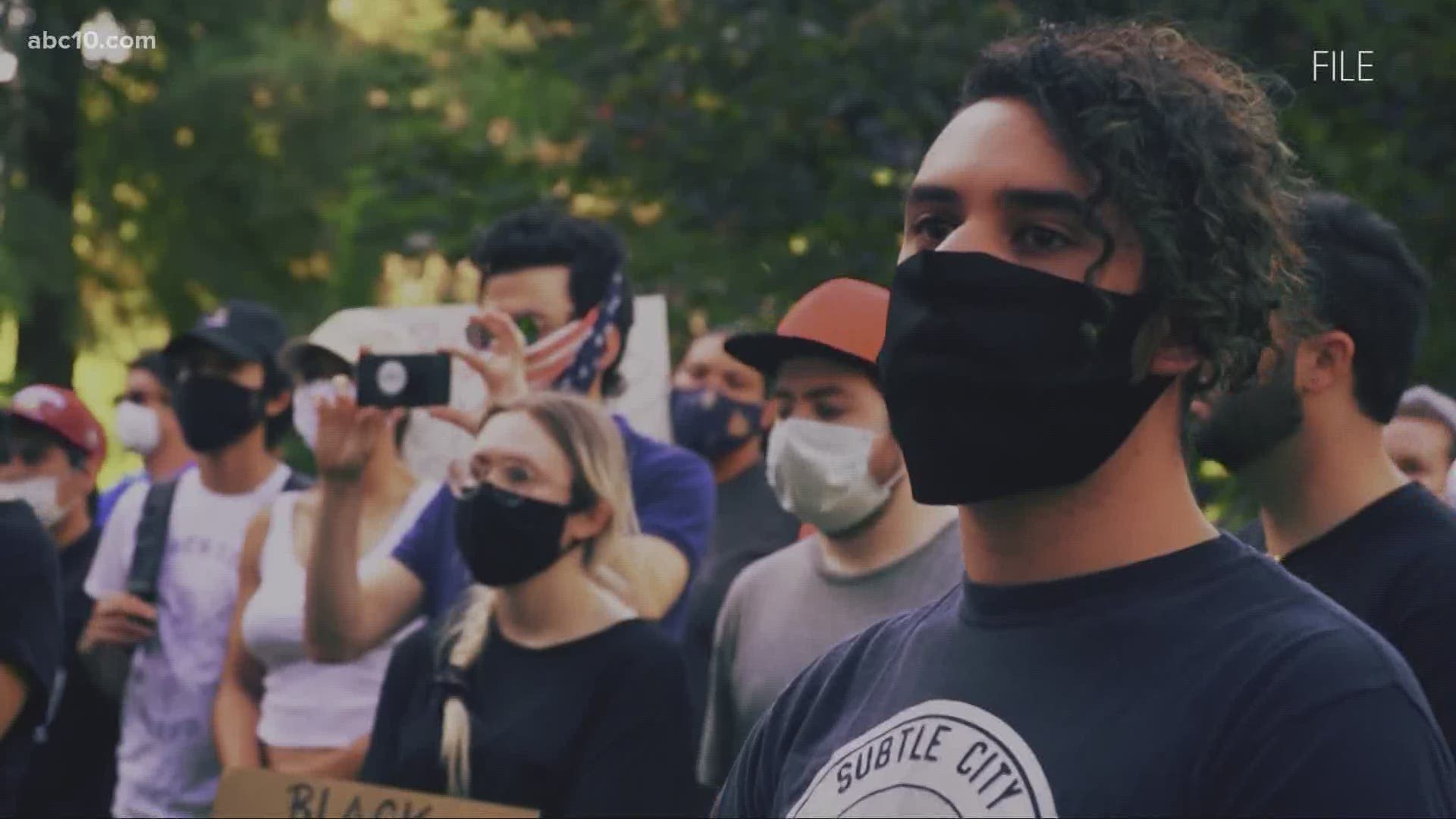SACRAMENTO, Calif. — More parts of the state are opening, all the while, protesters are fighting against racial inequality and police brutality. Still, these signs of movement do not mean the coronavirus pandemic is a thing of the past.
One of the defining features of the COVID-19 virus is the high number of people who are asymptomatic. In other words, they continue to silently spread the virus without ever showing symptoms.
George Rutherford is a professor of epidemiology at UC San Francisco who has been studying the novel coronavirus since it was first identified. He said the numbers of people who have no symptoms is alarming.
“We know from a lot of the Chinese studies that maybe 40% of people have asymptomatic infection, no symptoms whatsoever,” explained Rutherford. “And maybe another 20 or so, are not sick enough to seek medical attention.”
He also explained how “super spreaders” are a compounding problem.
“Super spreaders are another issue,” said Rutherford. “Super spreaders are people who for whatever reason, immunologically, anatomically, socially tend to infect a lot of people. The normal person in the pre-shut down days would have infected three or four other people. Super spreaders will infect 30 or 40 or even, there’s one guy who infected 113 people in New York.”
Rutherford said most researchers think it’s because they just happen to interact with more people, but he believes it’s because they’re carrying more virus, a viral load, in their bodies. He said while many people initially compared COVID-19 to the flu, the former is far more deadly.
“The mortality rate is minimally 30 times higher,” admitted Rutherford. “And it may be higher yet.”
He explained there are certain things to watch out for as communities continue to open.
“If you walk into a room, especially in closed spaces, with a lot of people in there and you’re closely crowded together, and people don’t have masks on, that’s a situation you should probably be avoiding,” advised Rutherford.
He’s a huge proponent of masks explaining they work great at cutting down the spread of infection. He said even if someone is reluctant to wear a mask, they should re-consider.
“Get over it is what I say,” Rutherford laughed. “We’re all going to be wearing masks for a long time. Until we get a vaccine or until we get our arms around this in different ways.”
He says we wear masks to protect each other from the silent spread. He explained why they’re so effective.
“If you’re infected and you’re wearing a mask, it’s going to cut down the number of particles you’re exhaling by a lot,” said Rutherford. “And then at that point in time, 6 feet seems to be a very reasonable kind of outer edge of what that circle of infection might look like.”
Rutherford said he’s measured about people congregating at protests around the country.
“Well I’m glad they’re wearing masks,” admitted Rutherford. “That’s the first thing I thought. First thing I looked for when I saw the pictures. Being outside is good. Wearing a mask is even better.”
He said the factors working against protesters are the frequent lack of social distance and shouting or chanting which can actually expel more virus further. Still, he’s not overly worried and doesn’t think protesters need to be either.
“Be careful, be prudent, wear your masks,” advised Rutherford. “And if you’re going to come into contact with somebody who’s elderly, frail, sick, be very cautious about doing that. I think as long as the bulk of the people are wearing masks, we’re going to be able to dodge a bullet here.”
Follow the conversation on Facebook with Mike Duffy.
READ THE LATEST NEWS FROM ABC10:
- 'We are at a reckoning in a America' | Protests bring injustice to the forefront
- Students, alumni of Sacramento private high schools speak up against racism and discrimination on campus
- Do you fall into the 'at-risk' category of COVID-19? Here are your rights before returning to work
- Wall Street celebrates small unemployment decrease, but job loss figures could get worse in California
- Gov. Newsom wants to ban officers from using chokeholds. But could that help stop police brutality?
FOR NEWS IN YOUR COMMUNITY, DOWNLOAD OUR APP:
►Stay In the Know! Sign up now for the Daily Blend Newsletter



